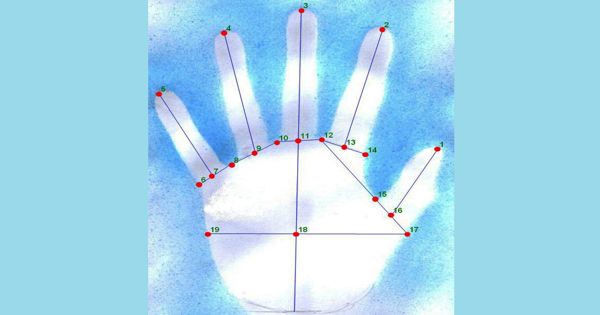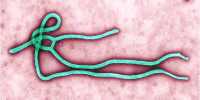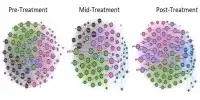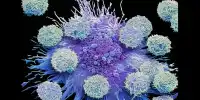Researchers have identified a critical enzyme that plays a role in skeletal aging and bone loss, bringing them one step closer to understanding the complex biological mechanisms that lead to osteoporosis, a bone disease that affects approximately 200 million people worldwide. The findings could hold the key to developing more effective osteoporosis treatments and improving the lives of an aging population.
UCLA School of Dentistry researchers have identified the role of a critical enzyme in skeletal aging and bone loss, bringing them one step closer to understanding the complex biological mechanisms that lead to osteoporosis, a bone disease that affects approximately 200 million people worldwide. The findings of their mouse study, which were published online in the journal Cell Stem Cell, may hold an important key to developing more effective treatments for osteoporosis and improving the lives of an aging population, the researchers say.
Researchers have identified the role a critical enzyme plays in skeletal aging and bone loss, putting them one step closer to understanding the complex biological mechanisms that lead to osteoporosis, the bone disease that afflicts some 200 million people worldwide.
Mesenchymal stem cells in bone marrow are the building blocks of the body’s skeletal tissues, but whether these stem cells eventually develop into bone or fat tissues is influenced in part by epigenetic factors, which are molecules that regulate genes, silencing some and activating others.
The UCLA researchers, led by distinguished professor Dr. Cun-Yu Wang, chair of oral biology at the dental school, demonstrated that when the epigenetic factor KDM4B is missing from mesenchymal stem cells, these cells are far more likely to differentiate into fat cells than bone cells, resulting in an unhealthy imbalance that exacerbates skeletal aging and leads to brittle bones and fractures of the spine.
“We know that bone loss occurs with age, but the mechanisms underlying extreme cases like osteoporosis have been very hazy up until recently,” said Dr. Wang, the study’s corresponding author and the Dr. No-Hee Park Professor of Dentistry at UCLA. “We built on more than seven years of research managed by my postdoctoral scholar and lead author, Dr. Peng Deng, in the hope of eventually preventing skeletal aging and osteoporosis.”
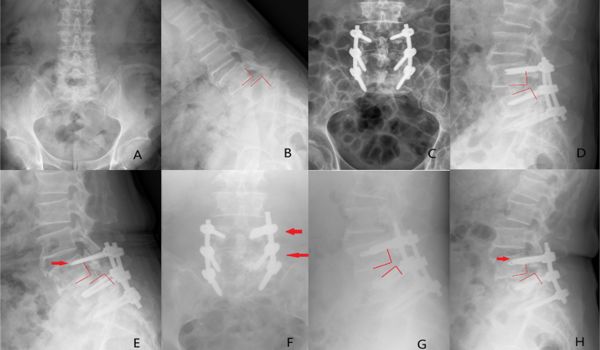
While scientists have long known about the cellular pathway that leads to bone tissue formation, the role of epigenetic factors has been less clear. Wang, Deng, and colleagues previously discovered that the enzyme KDM4B plays an important epigenetic role in bone formation, but they were unsure how its absence would affect the processes of bone formation and bone loss.
To put this to the test, the researchers created a mouse model in which KDM4B was absent or removed in a variety of scenarios. They discovered that removing the enzyme pushed mesenchymal stem cells to produce more fat rather than bone tissue, resulting in bone loss over time, mimicking skeletal aging.
The scientists looked at stem cell senescence, also known as deterioration and exhaustion, which is the natural process by which mesenchymal stem cells stop rejuvenating or creating more of themselves over time. The researchers discovered that senescence, which causes natural skeletal aging, is characterized by a loss of KDM4B.
Other environmental factors, such as a high-fat diet, are thought to reduce bone quality and exacerbate bone loss in addition to age. The researchers found that knocking out KDM4B significantly increased bone loss and marrow fat accumulation in mice fed a high-fat diet.
Finally, the researchers demonstrated that parathyroid hormone, an anabolic drug approved by the FDA for the treatment of aging-related bone loss, helps to maintain the pool of mesenchymal stem cells in aging mice in a KDM4B-dependent manner.
The findings not only confirm the critical role KDM4B plays in mesenchymal stem cell fate decision, skeletal aging, and osteoporosis, but also show that KDM4B loss exacerbates bone loss under a variety of conditions and, surprisingly, that KDM4B controls mesenchymal stem cell self-renewal. This is the first in vivo study to show that the loss of an epigenetic factor promotes the deterioration and exhaustion of adult stem cells in skeletal aging.
According to the researchers, the findings hold promise for the eventual development of strategies to reverse bone-fat imbalance, as well as new prevention and treatment methods for skeletal aging and osteoporosis by rejuvenating adult stem cells.
“The work of Dr. Wang, his lab members, and collaborators provides new molecular insight into the changes associated with skeletal aging,” said UCLA School of Dentistry Dean Dr. Paul Krebsbach. “These findings are an important step toward more effective treatment for the millions of people suffering from bone loss and osteoporosis.”
The research was funded by the National Institute of Dental and Craniofacial Research (part of the National Institutes of Health), the UCLA Clinical and Translational Science Institute, and the Hsien Family Foundation charitable funds.
